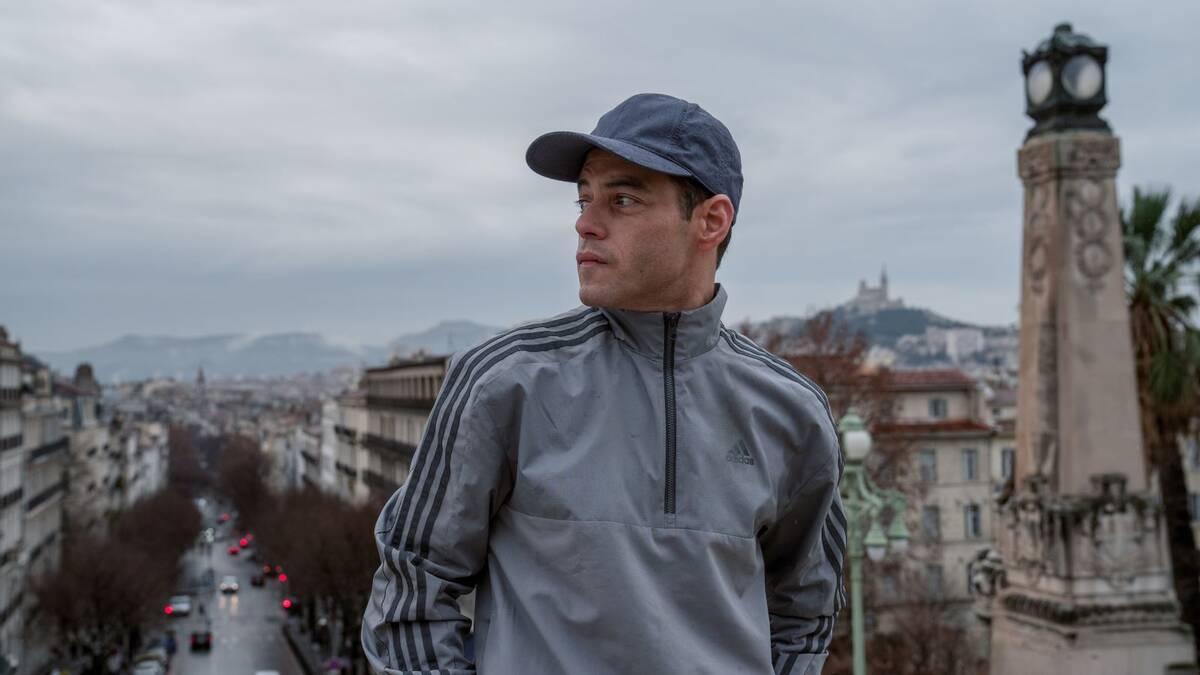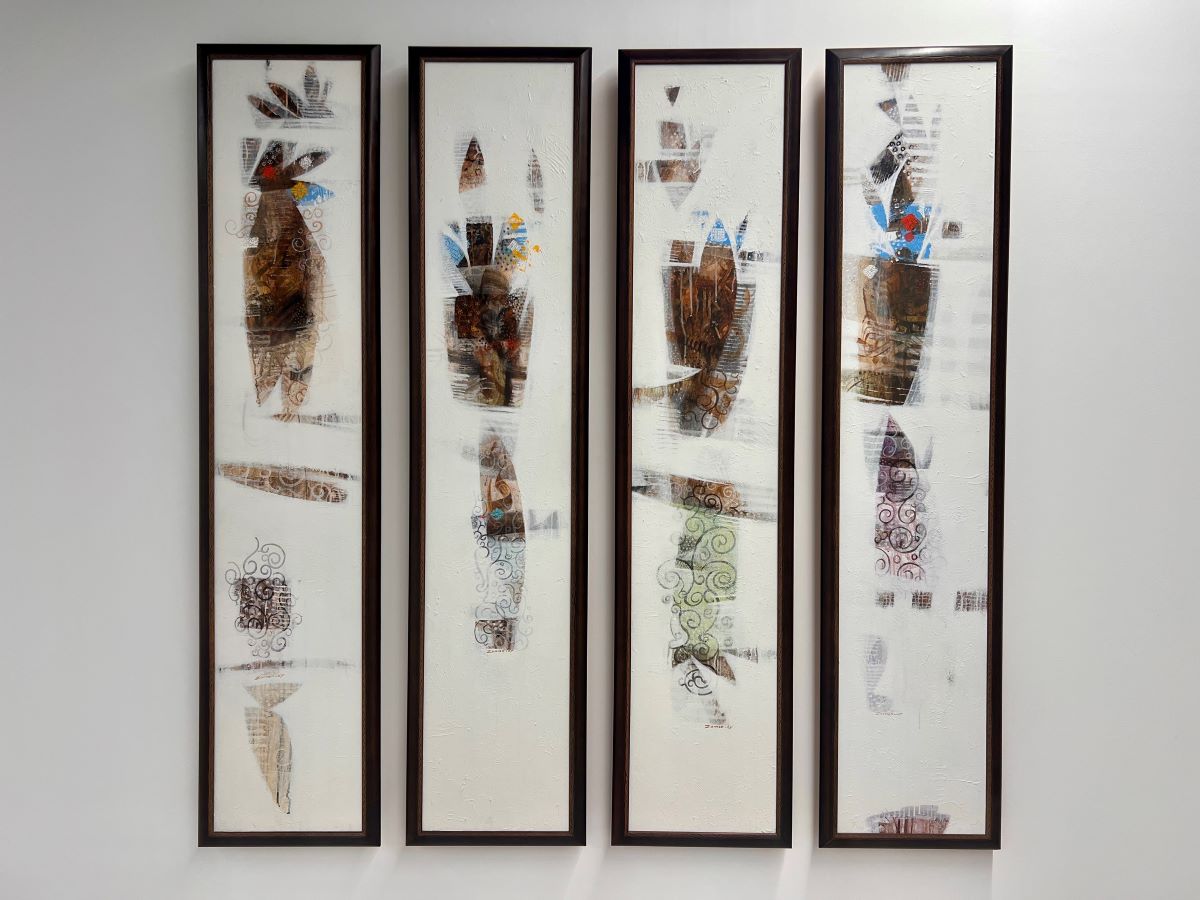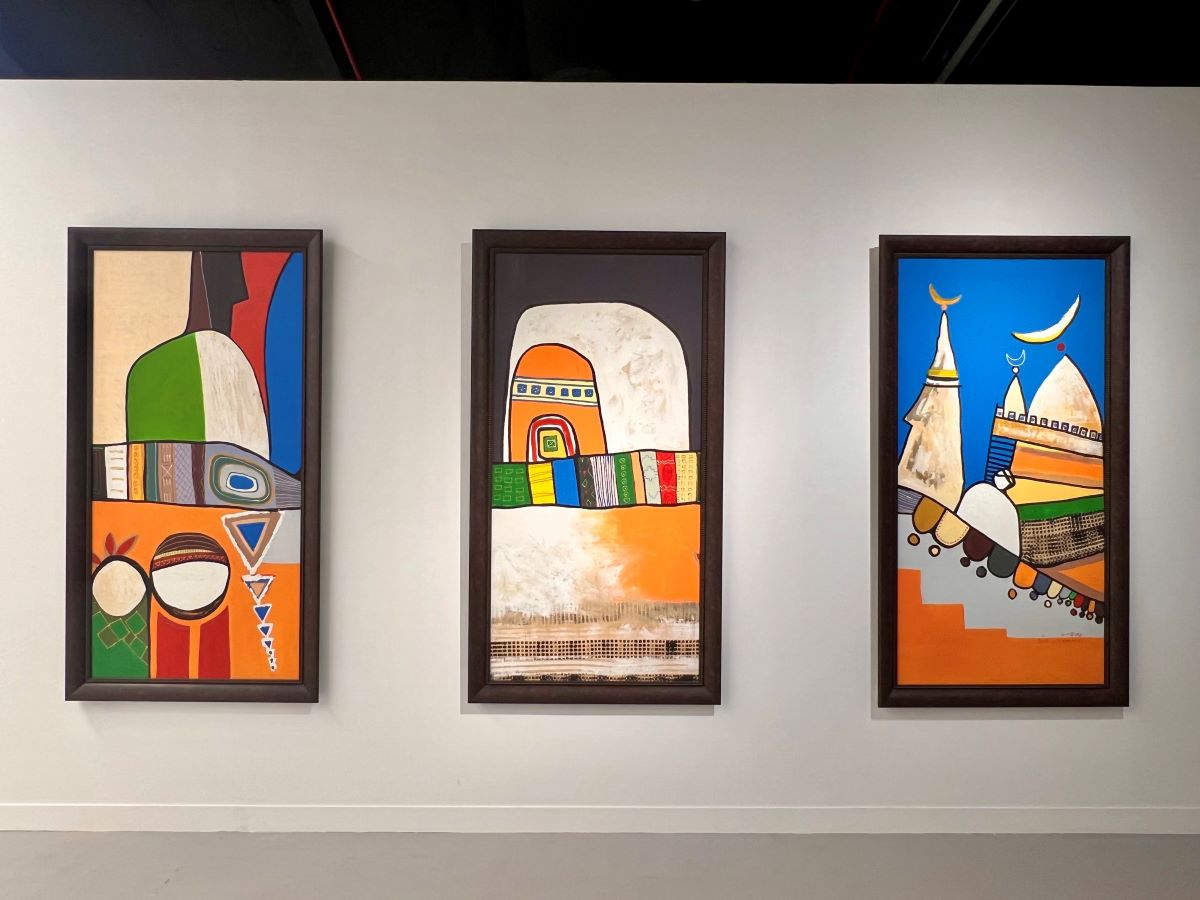RIYADH: Dutch artist Vincent Ruijters explores themes of identity and self at the ongoing Noor Riyadh, the annual Saudi festival of light and art. The festival runs until Dec. 14.
At this year’s edition, Ruijters digs deeper into hybrid cultures through the interplay of light, shadow and fabric. “This is telling my own story from a very personal way. But by doing that, hopefully connecting to all kinds of people,” Ruijters told Arab News.
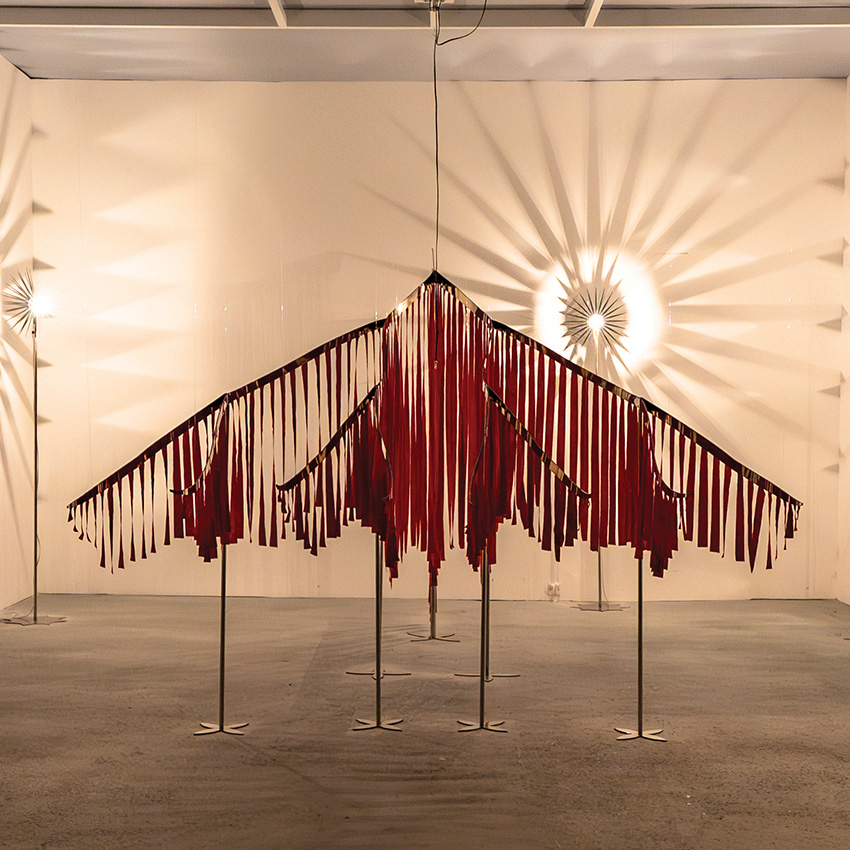
Set in a studio in the Jax District, one of the three main festival hubs, “Selintas Selalu” is a kinetic installation. (Supplied)
Set in a studio in the Jax District, one of the three main festival hubs, “Selintas Selalu” is a kinetic installation: a steel-based structure stands at the center of the space where strips of red fabric hang off vein-like rods. A light is suspended in the center while steel light structures with sharp metal spikes frame the surrounding walls.
The work came about after three months’ research in Indonesia, where the work was created. While he was born and is based in the Netherlands, Ruijters’ mother is a seventh-generation Indonesian, with family roots going back to China.
These multi-ethnic groups, referred to as Peranakan, demonstrate a fusion between Chinese and Indonesian culture. “They have their own arts, colors, patterns, music, and their own culture,” he said.
The Betawi people, native to Jakarta and its outskirts, blend cultures including native Indonesian, Arab, Chinese and Portuguese.
“Actually, a lot of Chinese and Asians immigrated after the independence of Indonesia after the Second World War because the colony was over. So, they went to the Netherlands and America, and then they had children like me, but those children often do not know much about their ancestors,” Ruijters said.
Taking ownership of his own difficult history, he decided to research the topic not just for himself but also “for my other generations of Chinese Indonesians living in the Netherlands, younger people, to show them: this is your heritage,” he said.
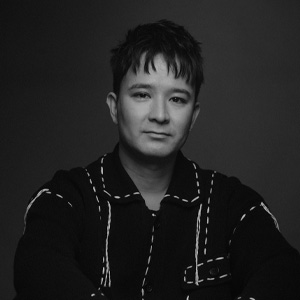
Dutch artist Vincent Ruijters explores themes of identity and self at the ongoing Noor Riyadh. (Supplied)
The mix of cultures is realized in the motifs: the sun-shaped lamps on the periphery which are reminiscent of kembang kelapa decorations, the petal shapes at the structure’s base that are popular in Javanese batik dyeing techniques, and the red fabric, which is made in collaboration by Chinese and Indonesian craftsman with a special red color, associated with the Peranakan culture. This fabric was specially made in a batik house for this project.
“To make big installations, it’s never one person,” Ruijters said. “So, I was always trying to emphasize this as part of a team. I worked with an Indonesian electronic engineer, with a Dutch electronic engineer, with the batik workshop house for the fabric … I’m more like a guide to the creative process,” he said.
The artwork branches out from the light in the center, a symbol of Ruijters’ ancestors. As time progresses, the lamp moves forward, symbolically straying from those strong roots of the past, toward the twiggier branches at the forefront, leading us to the present.
Shadowplay is an important element, because it preserves Indonesian culture through shadows as a means of accessing an inner world. “You can feel your ancestry; you can feel the past shivering and whispering to you. And this is similar, I think, to the guiding light that is the constellation of the theme … I think shadow is a beautiful way of expressing that, because you cannot touch it. It's there, but it’s also not,” he said.





